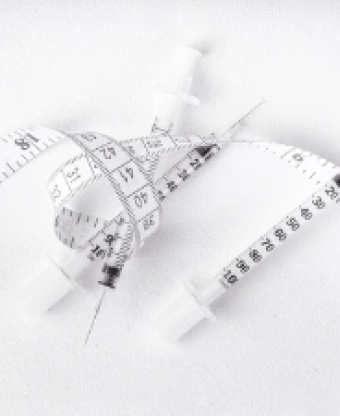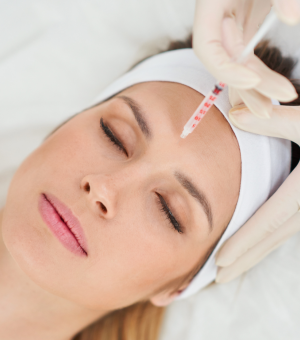4. The treatment process
Initial consultation: An assessment is made to determine if deoxycholic acid treatment is appropriate for you.
Injection sessions: The number of sessions varies depending on the size and number of lipomas, but several treatments may be necessary to obtain the desired results (usually 2 to 4 treatments carried out every 2 months).
Follow-up: Post-treatment follow-up is generally recommended to ensure the effectiveness of the treatment and the absence of complications.
5. Possible side effects
Like any treatment, the use of deoxycholic acid can cause side effects, such as:
Swelling or redness at the injection site
Tenderness or pain
Bruising
Warm or tingling sensation
Scarring and skin necrosis (rare)
These effects are usually temporary and disappear within a few days.
6. Expected results
Results may begin to appear a few weeks after treatment, with a gradual reduction of the lipoma. It is important to note that results may vary depending on the size of the lipoma and individual response to treatment. Once fat cells are destroyed, they usually do not return.
7. Post-treatment instructions
Avoid strenuous activities: It is advisable to avoid strenuous physical activities for a few days after treatment to minimize side effects.
Regular follow-up: Follow-up visits may be necessary to assess response to treatment and determine whether repeat injections are necessary.
Pain management: Over-the-counter medications may be used to manage any mild pain or discomfort.
When to consult a specialist?
It is important to consult a dermatologist or aesthetic medicine specialist to determine whether deoxycholic acid treatment is appropriate for your specific case, especially if the lipoma is large or has atypical features.




